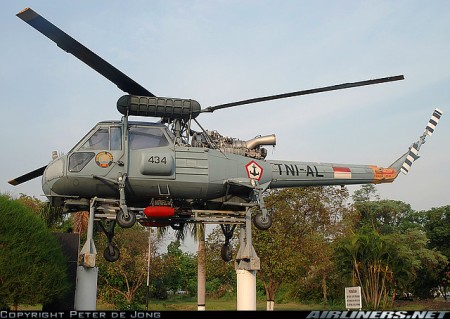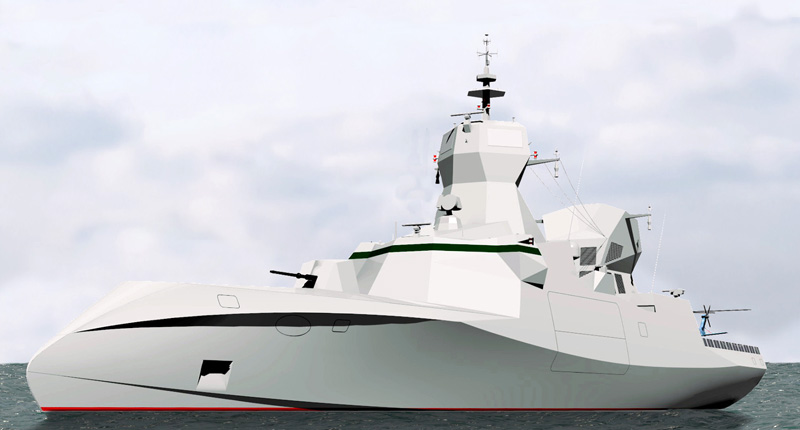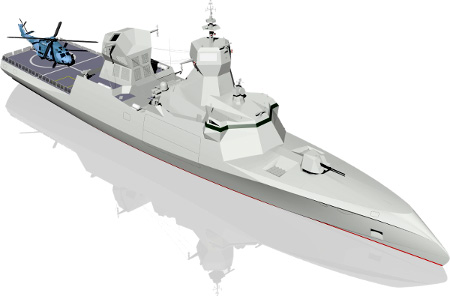Terrorism & Insurgency  A convoy of Islamic State fighters in Al-Anbar province, Iraq. (PA Images)
A convoy of Islamic State fighters in Al-Anbar province, Iraq. (PA Images)
Indonesian Armed Forces (TNI) chief General Moeldoko has called on his Southeast Asian counterparts to increase their co-operation against threats from the Islamic State, describing the group as a trans-boundary "cancer" that cannot be defeated if countries act in isolation.
The general was speaking in Singapore on 29 October at an event organised by the Rajaratnam School of International Studies (RSIS) on the challenges and opportunities for Southeast Asia in the next 20 years. He proposed that the region's chiefs of defence forces collaborate on a new strategy, given the appeal of the group's ideology to some segments of the region's Muslim population.
 A convoy of Islamic State fighters in Al-Anbar province, Iraq. (PA Images)
A convoy of Islamic State fighters in Al-Anbar province, Iraq. (PA Images)Indonesian Armed Forces (TNI) chief General Moeldoko has called on his Southeast Asian counterparts to increase their co-operation against threats from the Islamic State, describing the group as a trans-boundary "cancer" that cannot be defeated if countries act in isolation.
The general was speaking in Singapore on 29 October at an event organised by the Rajaratnam School of International Studies (RSIS) on the challenges and opportunities for Southeast Asia in the next 20 years. He proposed that the region's chiefs of defence forces collaborate on a new strategy, given the appeal of the group's ideology to some segments of the region's Muslim population.



















